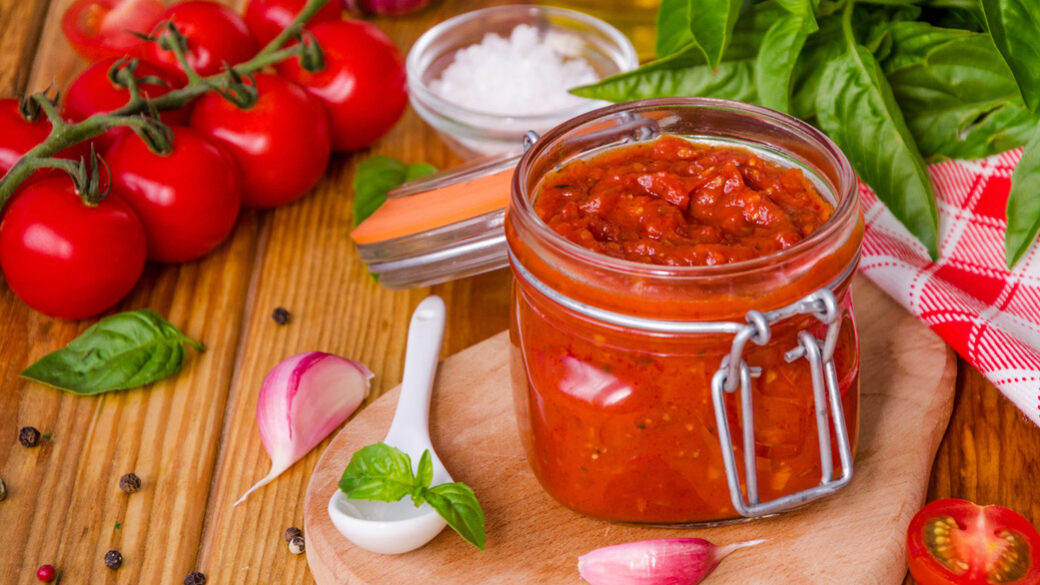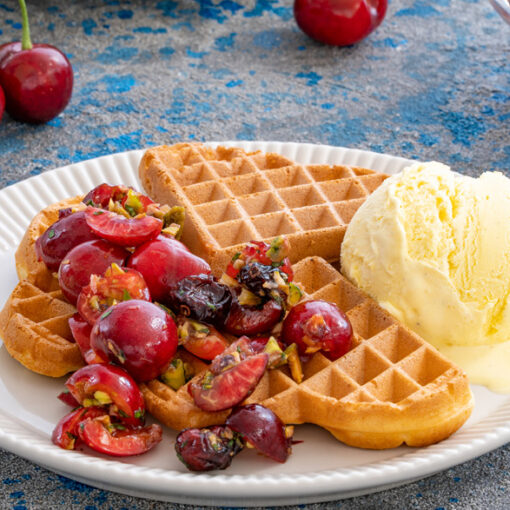Preparing summer’s harvest for winter

Summer is the season of abundance, the favorite time of year, if you love fruits and veggies. The problem is, summer ends too quickly and so does fresh produce. Learn how you can make the most of your excess harvest and enjoy nature’s treasures also in winter and beyond.
Drying
Drying fruits and veggies requires removing water out of them so they can be stored safely. The simplest way to do this is to use a dehydrator or an oven. Thinly slice your desired food and soak in a solution of lemon juice and water for about ten minutes. Line a baking tray with parchment paper, place slices onto it and insert in a preheated oven at a temperature of about 150 degrees.
Canning
This is a rather simple method of preservation that involves sealing raw or cooked fruits and veggies in sterile, airtight jars. Fill clear jars with prepared food, seal loosely with a lid and submerge in boiling water for a prescribed amount of time indicated by the recipe you are using. Remove the jars and allow the heat and excess air to escape. The escaping oxygen will pull the lids down and create and airtight deal. Let the jars cool undisturbed for 12 to 14 hours. After cooling, test if the leads are sealed correctly and store in a cool, dark place. Water bath canning works for high-acid foods, such as jams, most fruits, pickles, and salsas.
Recipe
Canned tomato sauce is one of the most important ingredients to have over winter. There’s nothing quite better than indulging on homemade pasta dishes, pizzas, chili or soups. Making this ‘summer in a jar’ only requires tomatoes, salt and lemon juice. For four jars, rinse 10 fully ripe tomatoes and pat them dry. Cut a small letter ‘x’ in the bottom of each tomato and blanch them in a pot of boiling water for a minute. Transfer the to an ice bath, then slip off their skins, cut them in halves and squeeze out the seeds. Chop the tomatoes, transfer them into a pot, add a teaspoon of salt and bring to a boil. Reduce the heat and allow the tomatoes to gently simmer for about 45 minutes. Stir occasionally. Put a tablespoon of lemon juice into into sterile jars, then add the tomato sauce and seal. For the grand finale, insert the jars into a pot with boiling water for about 40 minutes. Just set the timer on you hob, for example the ECT648ORAB, and then let the jars cool completely.
Pickling
Another simple preservation method involves making a solution of white vinegar, salt and sugar and bringing it to a boil in a pan. Put the fruits and veggies in an airtight jar, pour solution on top until all of then are submerged and seal.
Freezing
This is the easiest and quickest way to enjoy summer fruits and veggies throughout winter. Know that most fruits can be frozen raw, while many veggies keep better when blanched first.
Wash your produce and pat it dry with a clean towel. Chop larger foods, if desired. Briefly blanch your veggies and cool them in an ice bath. Then line a baking sheet with parchment paper and freeze in a single layer. This will prevent your food freezing together in a clump. When fully frozen, transfer foods into airtight freezer bags and stack them back in the freezer. If you are storing fruits that can turn brown, sprinkle them with citrus juice. Frozen foods can last for up to a year. If you have a big upright freezer like the FN6192CBK-L with the total volume of 243 L, you can safely store so much produce, that you will enjoy all the best summer foods right until the next summer. And thanks to its NoFrost function, you can say goodbye to annoying and time-consuming defrosting – frozen food will not get frosty and icy, all stuck with each other! In this Gorenje freezer, ice and frost won’t accumulate at all, which also has another benefit – improved storage capacity.
Why should summer foods be off the menu in winter? With a little preparation and Gorenje appliances, you can make summer last all year.





